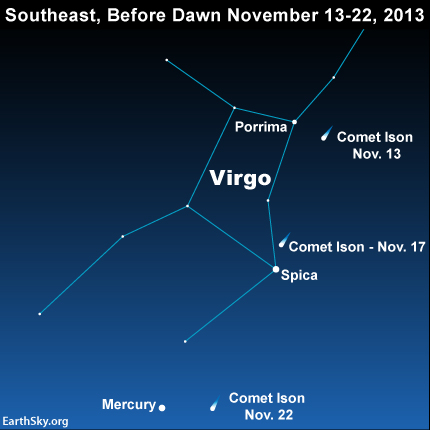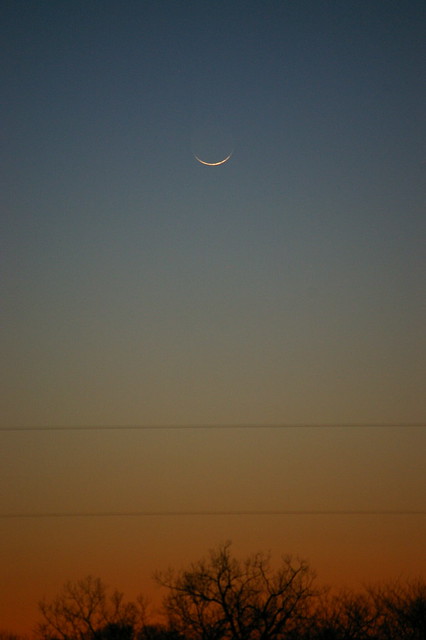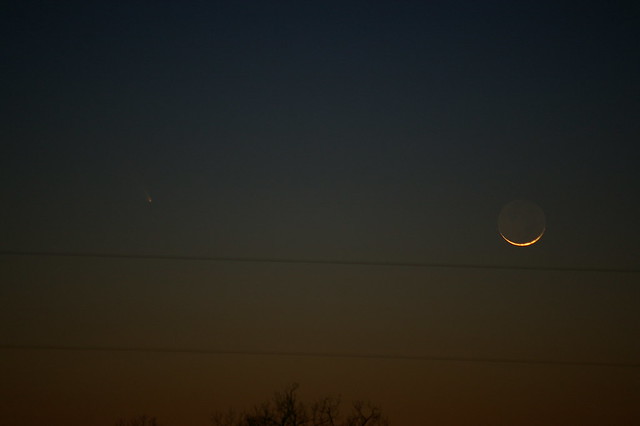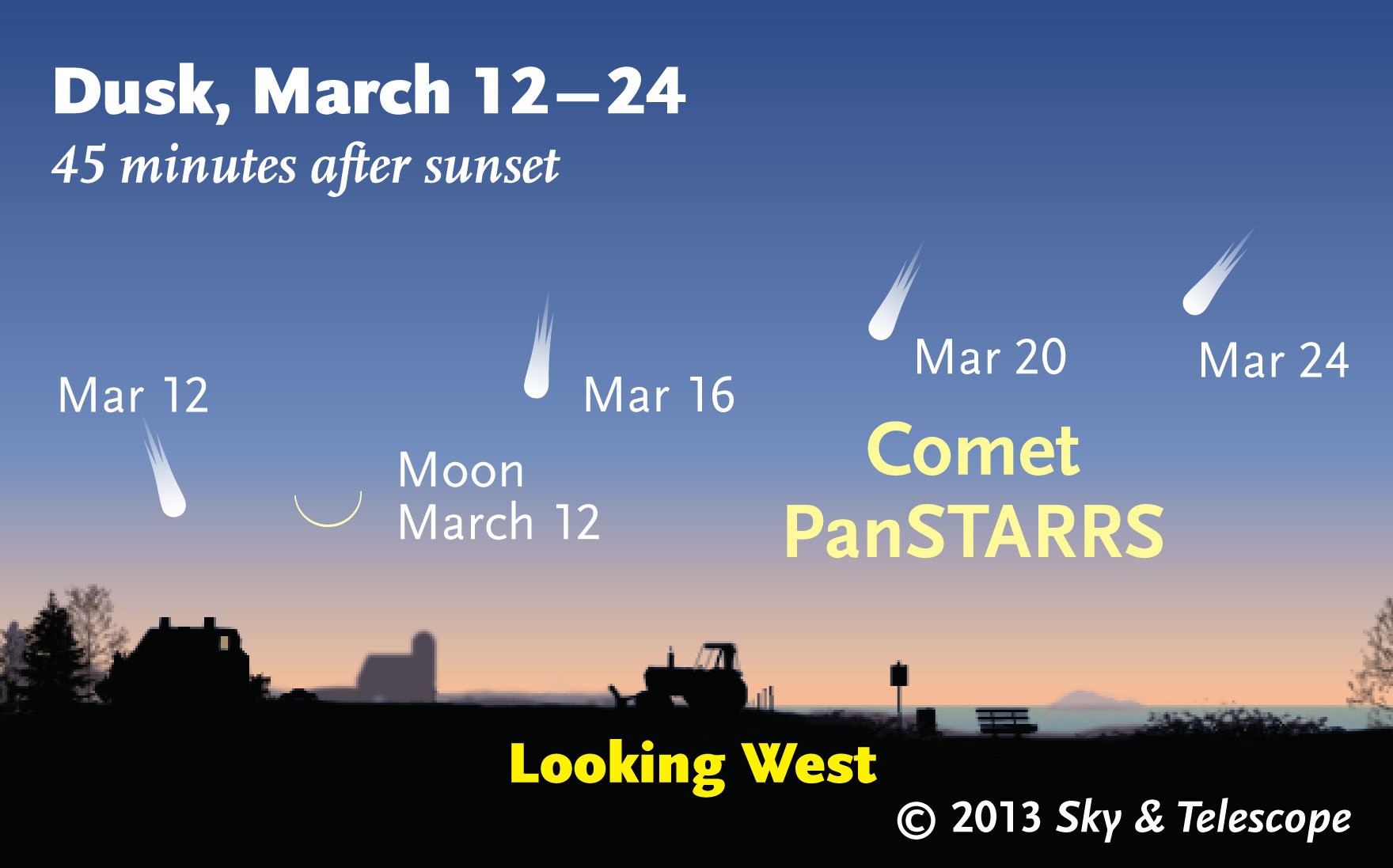This will be a conglomeration of star gazing journal and family events and I only have fifteen minutes to spit it out! So here goes:
First, the star gazing report: My dad and I traveled to Winfield to visit my aunt and uncle for the weekend. Since the weather was forecast to remain calm, clear and the moon was just barely a sliver, I took the telescope and accessories with us. We spent the day visiting, enjoying experimental cooking from my aunt and uncle (which was delicious, don’t get me wrong) and doing fall tree trimming and another household repair a la my dad. I have photos of a couple of the close calls my dad avoided, but that will have to wait for another post.
Later in the evening, after another wonderful new recipe for dinner, as the sun set and the moon quickly followed, we setup the telescope just in time to catch a glimpse of the craters of the moon along the terminus. Everyone got a chance to view before the moon slipped towards the horizon and behind the tree line.
Now, we waited for Jupiter (which was visible already) and the first few stars (Altair, Deneb and Vega). We relocated the telescope to the backyard (for a better angle on Jupiter) and my aunt invited a couple of neighbors to view Jupiter’s spectacular display. We discovered, over the course of the evening, the Jupiter’s moon move quite fast, so much that when the evening began, we only saw three moons, and as it progressed we saw the fourth appear and a couple others move out and up in their orbits.
My personal goal for the evening was a second attempt to find Comet Hartley 2. So I was just killing time until the skies darkened enough to make the attempt. In the meantime, I showed my aunt and uncle the double star in the Big Dipper (Mizar/Alcor) and of course we began to see the great sweep of stars for the Milky Way.
We took a break (about an hour or so) to sit inside and rest our backs (tree trimming was only a regular activity for my father) and returned to hunt for the comet. My dad and I tried for another hour, but haze, trees and light pollution were not helping us. We finally gave up around 11:00 p.m. and headed off to bed.
I woke at my normal 5:00 a.m. timeframe and migrated up to the dark living room. My uncle soon arrived and we both exited outside to determine the location of Cassiopeia. That region of space was still not dark ‘enough’ I believe and clouds were rolling in fast from the west. I did point out Orion and Sirius almost directly due south at that time of morning.
After another wonderful meal (this time breakfast of course), we visited and discussed books, movies, politics, religion … all the usual topics I’ve come to know and love with my close family. Lunch was a local Chinese buffet followed by a mini-tour of Southwestern’s campus, where it’s celebrating it’s 125th year and Ron’s art (as an alum from 1968) is featured in Baden Hall. Recently remodelled, it had formerly housed some of Arthur Covey’s artwork and still sports a block dedicating the fireplace from Arthur to his art professor Dunlevy.
Rain rolled into Winfield and followed Dad and I north along the turnpike, peaking in Emporia where we stopped for supper and Braum’s ice cream, but tapered off as we continued northeast along I-35 to K-7 in Olathe and finally reaching Lansing/Leavenworth by 8:00 p.m. — only one hour late mostly due to too much talking (missing exits) and stopping for gas and food.
A wonderful weekend getaway in Winfield I hope to repeat in the future.
Ciao,
Jon








